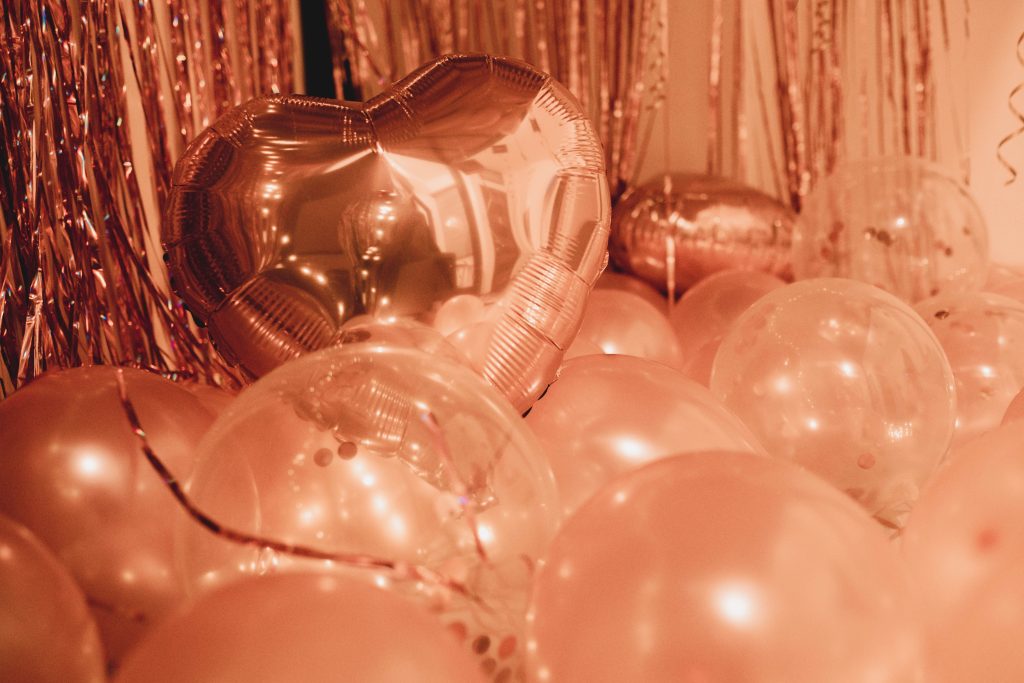The History of Rose Gold in the Jewelry World

Rose gold-filled beads and findings have made a massive comeback, with more celebrities opting for classic jewelry with red-carpet regalia. In addition, people are feverish over the color of rose gold, which some say is somewhere between the varying reds of rose and the pure light of Gold.
The incredible combination, seen more clearly in the rose gold metal, is perfect for almost every occasion and is suitable for various crafting and jewelry-making projects, too.
Note that there is no single hue for rose gold, and the rose Gold you’ve been used to for years may look radically different from pure rose gold metal drawn into beads and findings for jewelry-making.
The core of the color change is copper, as copper hardens the Gold and lends it the beautiful reddish tone that we’re all so familiar with. Of course, if rose gold weren’t so beautiful, it wouldn’t be part of any iPhone ensemble, and Apple will certainly ignore it. But this is not the case.
Even in the electronics world, rose Gold is a prestige symbol – it’s a color you’d choose if you don’t like yellow Gold or platinum.
It occupies that level of prestige and symbolism, and the perceived value of rose gold, either in an aesthetic sense or monetary sense, hasn’t waned through the decades. On the contrary, rose Gold refreshes itself every year and reestablishes itself as a top mark of beauty and luxury in different sectors and industries.
It Has Warmth and Femininity
In summer, the warm, pinkish tones of rose gold complement the wearer’s natural flush. Although rose gold jewelry is commonplace now, the trend didn’t begin until the Imperial Russian Empire in the 19th century.
Carl Fabergé was an early adopter of this precious metal in his elaborate works, most notably his now-iconic Fabergé Eggs. Russian Gold was originally a pinkish material made by combining reddish copper and yellow Gold.
Rose gold can be any shade from pale pink to dark red, depending on the proportion of copper to Gold. Gold turns from yellow to red as its copper content rises.
About 75% gold, 22.5% copper, and a trace amount of silver are used to create actual rose gold, with the silver helping to tone down the copper’s dark hue.
Social, artistic, and cultural vitality in the 1920s fueled lavish living.
Women of the era were known for their sense of style and willingness to break the rules in the name of fun, so they were accessorized with expensive jewelry. Inspired by bold hues, Jewelers of the era introduced a novel, inventive style with a preference for rose gold’s warmth and femininity. In particular, Cartier used the pinkish material in many popular designs of their time.
The 1929 Wall Street Crash forever changed the financial world. As time passed, the roaring twenties’ heyday became a thing of the past. Nevertheless, the same dynamics were affected by this seismic shift, and the designs of the new decade reflect that. As Art Deco gave way to Art Nouveau, jewels became influenced by monochrome and geometric styles, with platinum becoming increasingly popular for its icy white color.
However, as World War II progressed, platinum’s status as an essential raw material led many countries to limit or outright ban its use. Gold, in both its traditional yellow form and its more recent rose form, has once again been widely used in jewelry. This custom is still followed today. The refined simplicity of rose gold lends a unique sense of warmth and femininity to jewelry.
The Rose Gold We Know Today
Rose gold is believed to have first been formally Invented by Fabergé in the early 19th century. It is a rarity, the actual metal.
In his famous Fabergé Eggs, Fabergé used a rose gold finish. The jeweler commissioned these decorated Easter eggs as Easter presents for the families of Russian tsars.
The Russian popularity of rose led to the metal being dubbed “Russian gold.” During the Art Deco era, platinum and other white metals were highly prized. After the us entered World War II in 1939, platinum was diverted from jewelry production and used instead in the war effort.
Now, rose gold reigns as the most sought-after precious metal. Within the last decade, rose Gold has experienced a remarkable revival. It’s no secret that celebrities are constant trendsetters regarding the latest jewelry and clothing.
When rose gold finally made its way to the United States, its popularity experienced a roller coaster ride. Rose gold experienced a surge of popularity in the 1870s, but that first wave of interest died soon after. In the 1920s, people gravitated toward white Gold and platinum.
The arrival of rose gold in the fashion industry was just one of many trends that emerged during World War II. Now that rose gold is legal again after platinum was restricted to military use only, it is a popular choice among women.
The fad fizzled out after a while, but it was resurrected by an unlikely source when Apple released the iPhone 6S. At its release, many millennials probably learned of the color rose Gold for the first time, and rose gold phones made up 40 percent of all preorders.
Although technically accurate, one could also say that rose gold stayed in the public imagination longer because of the efforts of brands like Apple, which had their version of rose gold.
However, some experts would argue that the rose gold peddled in the market now is closer to metallic pink than anything. You can look at the Nintendo DS Lite released many years ago to reference what we’re talking about.
Because of its composition and manufacturing process, rose Gold can never appear that pink under normal lighting conditions. Yellow Gold and copper from which rose Gold is fashioned are necessary components of the process. As a result, the brightness of the reddish tone will be somewhat subdued, but it will be there.
Many people don’t care about the misunderstanding because pink will remain pink, and many people love pink before they meet Gold.
Even though we are several years past the iPhone 6S and the fever pitch of the rose gold madness, this color is still going strong. It’s trending on TikTok and Instagram for wedding cakes and nail artwork. Rose gold is here to stay, for better or for worse.
